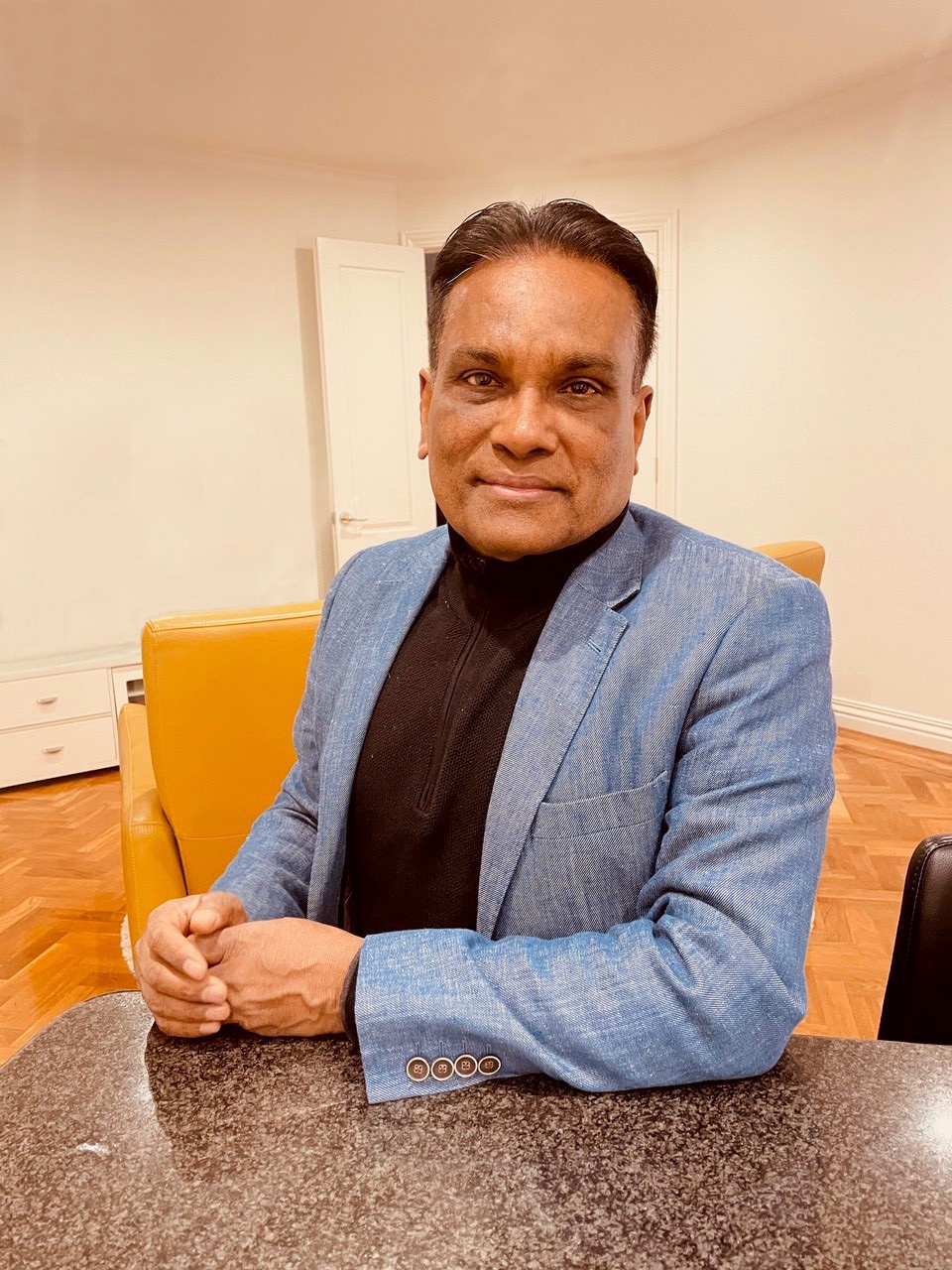
Transforming our healthcare system through digitalisation has not happened overnight. Dr Alfred Samaddar runs a General Practice in Camberwell. His clinic was originally opened by an ex-army doctor, Dr Rosefield, soon after the WW2 in 1945, at a premises about 300 meters away from the practice’s current location.
After purchasing the clinic in late 2009, Dr Samaddar has taken his clinic from paper clinical notes to totally digital medical records, including for the clinic‘s oldest patient who first saw a doctor there in 1946, and continues to receive care from Dr Samaddar, at 99 years young!
From the beginning, Dr Samaddar knew he wanted to make his clinic paperless after seeing the timesaving benefits, ‘I did not take ‘NO’ for an answer and found a solution for each step with e-health to make it operational,’ Dr Samaddar explained.
In 2011 Dr Samaddar first engaged to build his practice’s digital health capability with the support of the digital health team and general practice facilitation at Inner East Melbourne Medicare Local (IEMML), which became EMPHN. He continues to implement new initiatives with the support of Kirsty MacDougall, Program Manager of the Digital Health team, who said. ‘It has been rewarding to see him (Dr. Samaddar) increase the use of integrated digital health technologies to deliver great patient care. Dr. Samaddar is a digital health champion.’
However, it wasn’t until early 2019 that the practice fully digitalised its operations. While the clinic remained open during the lockdowns of 2020 and 21, Dr Samaddar did not consult from inside the clinic.
‘Telehealth took off the ground almost at the beginning of the COVID-19 pandemic early 2020.’ He explains, ‘Initially medical consultations were conducted by telephone, writing medical information on paper, and then scanned into the patient’s file. Scripts were written and left in an envelope for patients to collect.’
Now, the clinic is fully integrated with digital technologies such as telehealth (both phone and video consultations), and electronic scripts, which are sent to the consumer via SMS or email.
For older patients unfamiliar with digital health services, Dr Samaddar spent time educating them according to their needs, such as demonstrating how to use a mobile phone to conduct telehealth.
Digital health initiatives have improved communication for Dr Samaddar and others in primary care including aged care facilities, allied health providers, medical specialists, hospitals, and local pharmacists. ‘Communication between me and my local pharmacists has improved as we progress with the digital health journey together.’ he said. Working collaboratively with other health care providers has been a key success factor.
It takes a team to implement and utilise digital health to its full capability in general practice. Dr Samaddar credits the support received from his practice staff and primary care support services including EMPHN, as the reason for his clinic’s success.
‘Kirsty MacDougall has been my pillar of support from EMPHN to establish e-health since 2011.’ He adds, ‘EMPHN Practice Support team has provided me with support to use the POLAR system at my clinic.’
Dr Samaddar offers this advice to those in General Practice interested in increasing digital capability in their practice, ‘Digital health is undeniably a part of Australian Health System and is here to stay. It has markedly improved patients’ quality of care at this clinic. If any General Practice is interested in increasing digital capability, I believe you will find your journey to digital health easier (today) from the experiences from GPs like me.’
Image: Dr Alfred Samaddar at his practice in Camberwell
